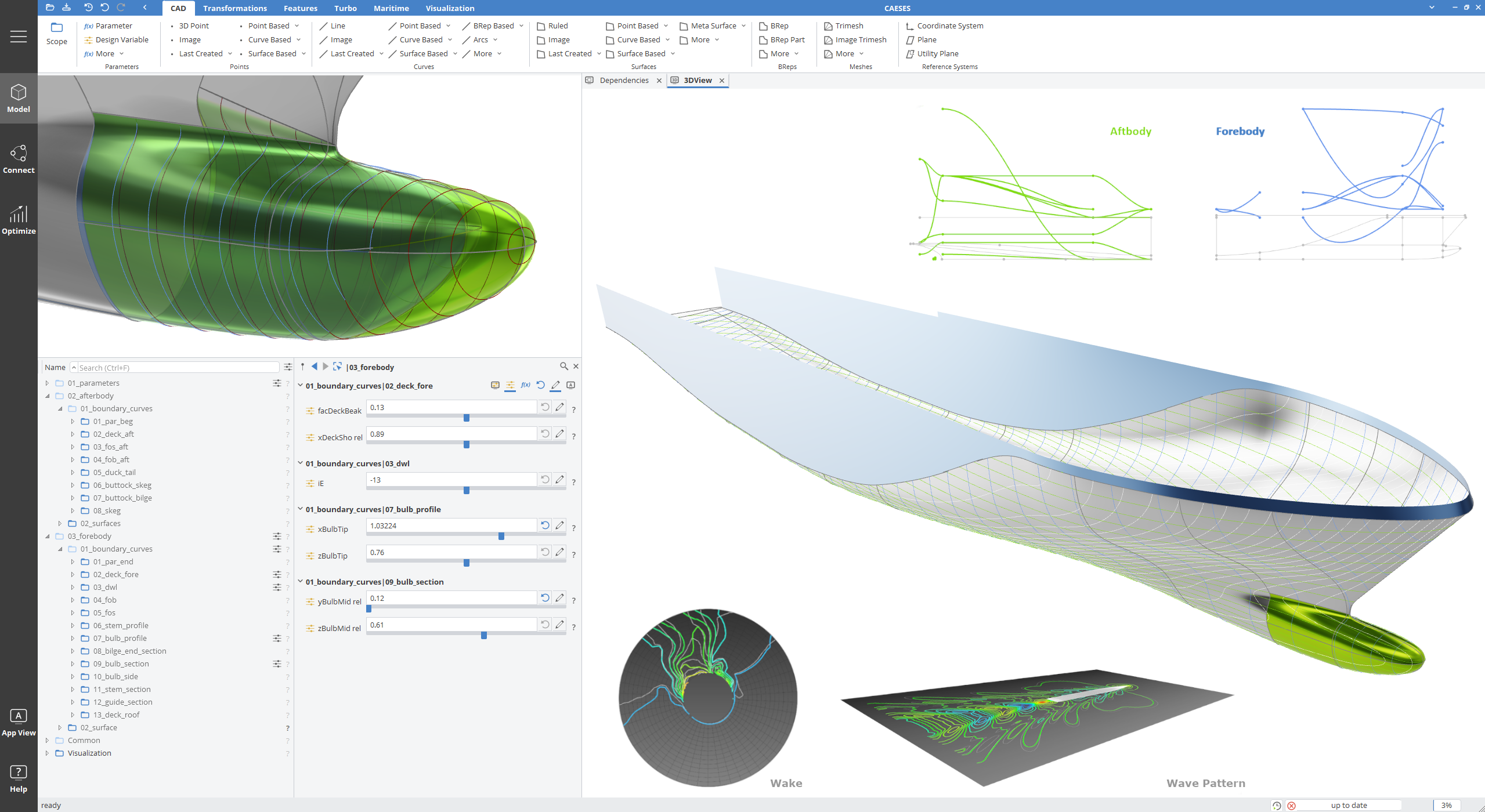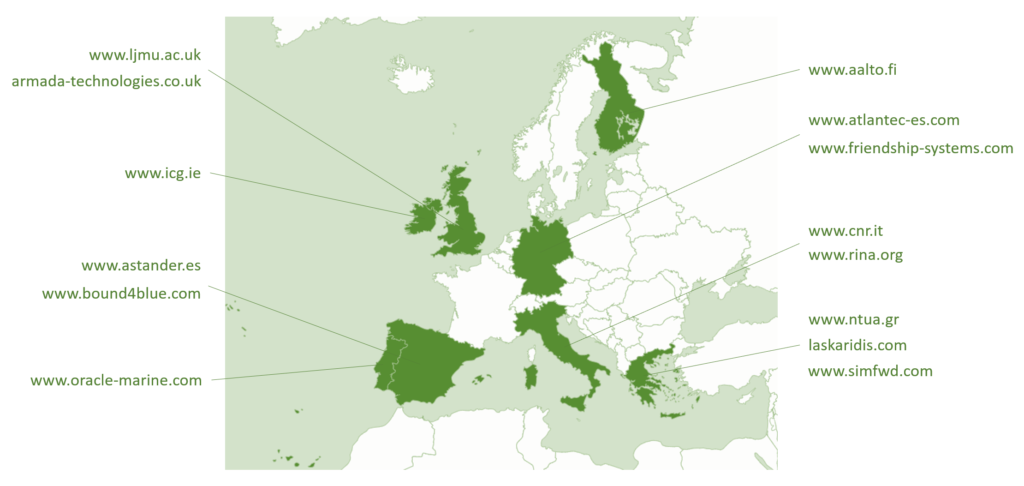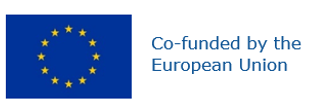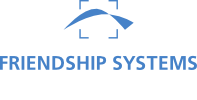RETROFIT55
Solutions to achieve 55% GHG reduction by 2030
This research and development project covers a combination of energy-saving solutions that can be adopted in retrofitting aimed at achieving 35% of greenhouse gas (GHG) emissions. Two new technologies, i.e., wind-assisted ship propulsion and an innovative air lubrication system, will be brought to the next level and combined, although based on already mature technologies, such as operational and hydrodynamic design optimization and ship electrification, have to be expanded to be integrated with the new solutions as well as to cope with the constraints posed by the original ship design.

The final objective of RETROFIT55 is to create an advanced web-based Decision Support System (DSS), that fuses digital twins of the different systems into an integrated digital ship model. The DSS will feature a catalogue of retrofitting solutions that are up-to-date and ready to be deployed at the end of the project and easily extendable afterward while developed and demonstrated at TRL 7-8, suitable for different ship types and operational contexts. The DSS will enable the user to configure the retrofitting by combining different options which are suitable for the specific ship type and comparing them in terms of life-cycle cost, return-of-investment, and several KPIs, such as EEXI, CII. Referring to the ZEWT strategy, while primarily contributing to the design and retrofit, the implementation of the project will also intersect other topics, such as the use of sustainable alternative fuels, energy efficiency, electrification, and digital green.
More information can be found on the official website: https://www.retrofit55.eu/project/
Research Partners
The consortium brings together universities and research institutions, three developers of the new technologies, a ship design office, software developers, ICT experts, a classification society, a ship-repair company, and two large ship operators.
- Consiglio Nazionale delle Ricerche, Italy
- Aalto University, Finland
- Atlantec Enterprise Solutions, Germany
- FRIENDSHIP SYSTEMS, Germany
- National Technical University of Athens, Greece
- ASTANDER, Spain
- SimFWD Engineering Services, Greece
- Rina, Italy
- Laskaridis Shipping Co. Ltd., Greece
- Oracle Marine, Portgual
- bound4blue, Spain
- Irish Continental Group, Ireland
- Liverpool John Moores University, UK
- Armada Technologies, UK

Funding

The RETROFIT55 research project is co-funded by the European Union.
